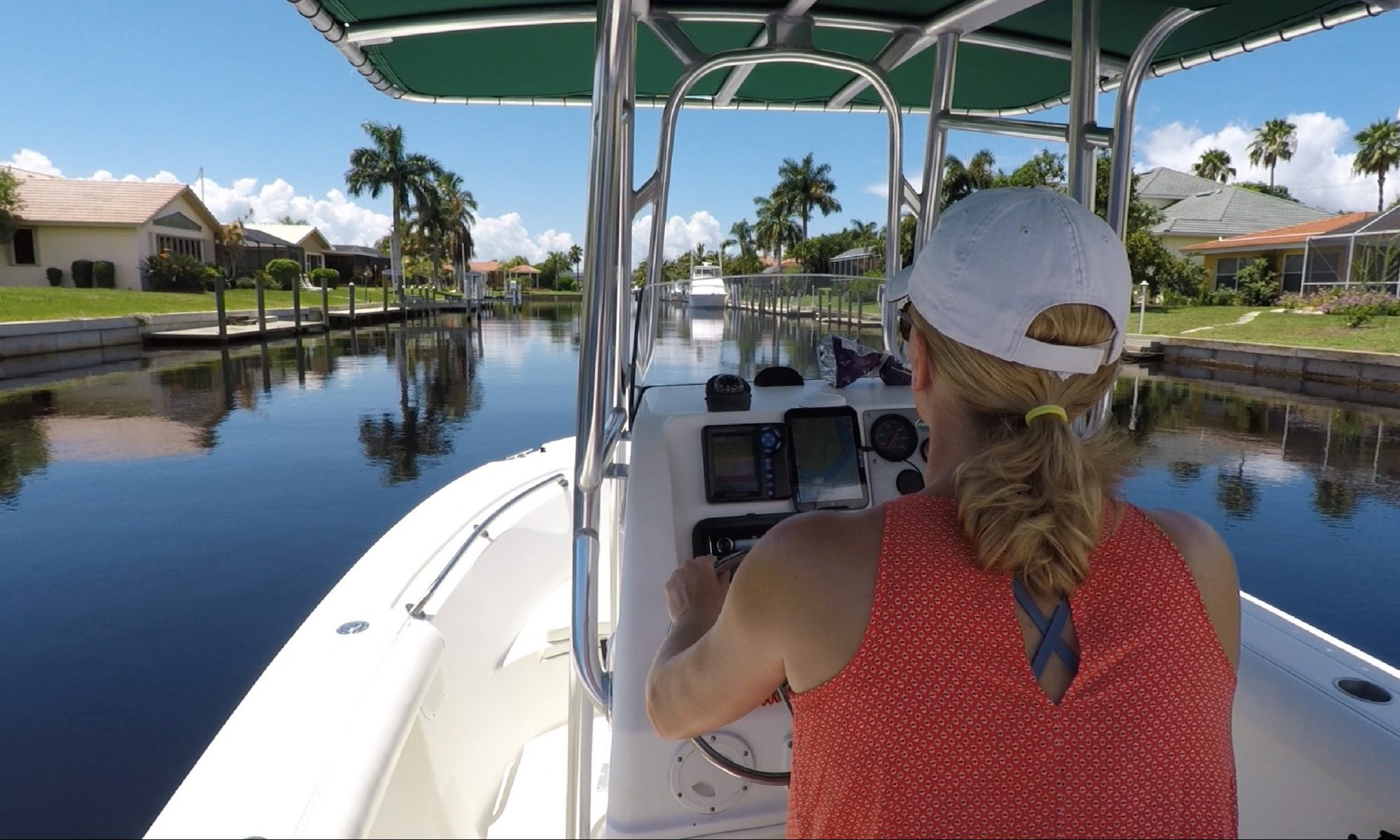One of the most notable leaders during the Seminole Indian Wars in Charlotte County, Florida, was Billy Bowlegs. Billy Bowlegs, whose real name was Holata Micco, was a Seminole leader who was known for his courage and cunning. He was one of the few Seminole leaders who managed to evade capture during the wars, and he became a symbol of resistance against the U.S. military.
Billy Bowlegs was born in the early 19th century in Florida, and he grew up in the midst of the conflicts between the Seminoles and the U.S. government. As a young man, he became a respected warrior and leader within the Seminole tribe, and he was known for his fearlessness and determination.
In the mid-19th century, Billy Bowlegs led a group of Seminoles in a resistance against the U.S. military in the Peace River area of Florida. The Peace River was a strategic area for the Seminoles, as it provided them with access to food and supplies, and was a key transportation route. The U.S. military, aware of the importance of the Peace River, attempted to capture Billy Bowlegs and his followers, but the Seminole leader was able to evade capture by using the swampy terrain to his advantage.
Despite the U.S. military’s best efforts, Billy Bowlegs and his followers continued to resist, and the Peace River became a symbol of their defiance against the U.S. government. The Seminoles continued to live in the swamp and launch surprise attacks on the U.S. soldiers, and the U.S. military was unable to subdue them.
In 1858, Billy Bowlegs finally agreed to a peace treaty with the U.S. government. The treaty required the Seminoles to give up their resistance and leave Florida, in exchange for a reservation in Oklahoma. Billy Bowlegs and his followers eventually relocated to Oklahoma, but the legacy of their resistance in the Peace River lives on to this day.
Billy Bowlegs became a legend among the Seminole people, and his story has been passed down through generations. His courage and determination in the face of adversity, and his unwavering commitment to his people and his homeland, serve as an inspiration to many.
The Seminole Indian Wars in Charlotte County, Florida, and the story of Billy Bowlegs and the Peace River, are an important part of U.S. history, and a reminder of the sacrifices and struggles of the Seminole people. The legacy of Billy Bowlegs and the Peace River continues to live on, and serves as a testament to the courage, resilience, and strength of the Seminole people.




